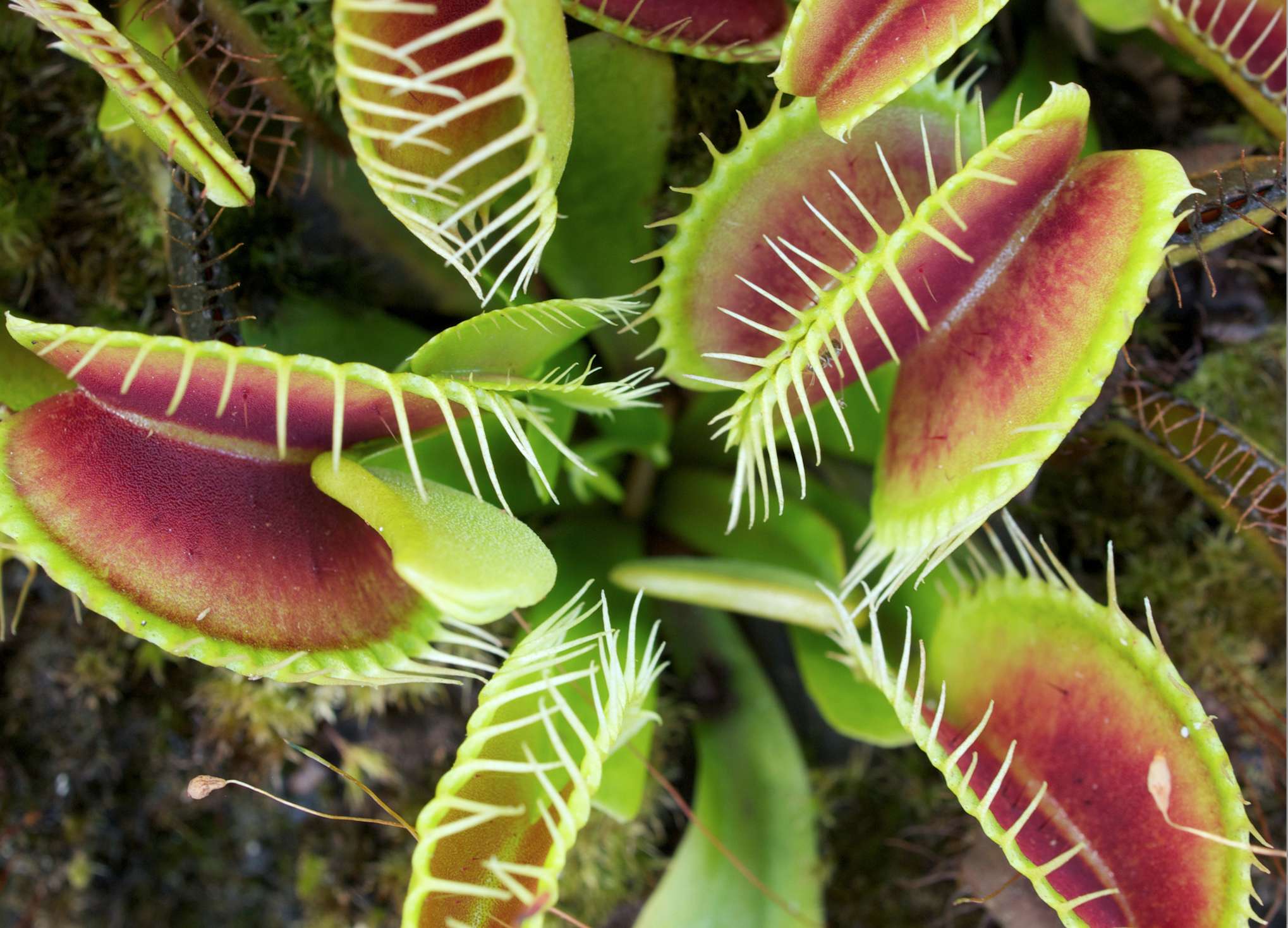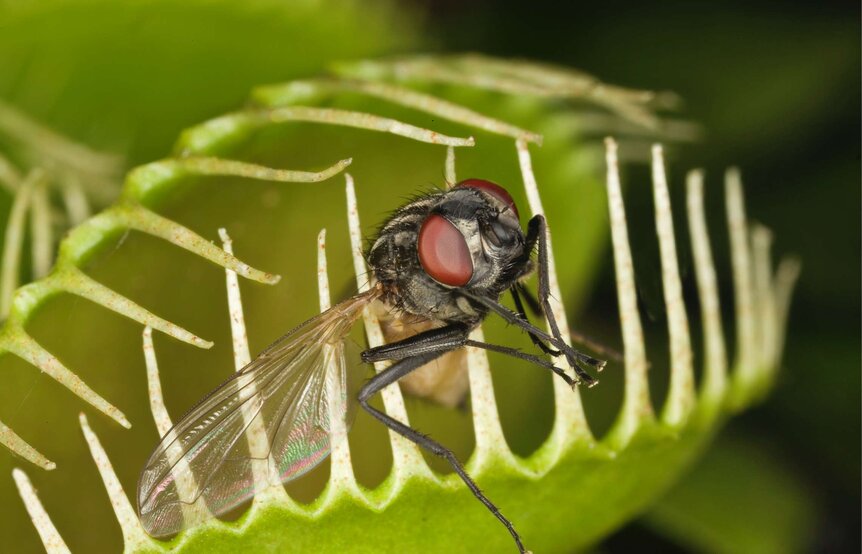Create a free profile to get unlimited access to exclusive videos, sweepstakes, and more!
Feed me! Scientists teach computerized Venus Flytrap to snap shut on command

It might not be as sentient or bloodthirsty as the infamous alien plant named Audrey II of Little Shop of Horrors fame, but this botanical robotic device has promising (and somewhat scary) possibilities.
The diverse and abundant flora and fauna on Earth are a fertile observational laboratory for clever scientists willing to think outside traditional boundaries for advancing the science of robotics. So it's no surprise they've turned to the carnivorous Venus Flytrap to create a new type of robotic gripper with a talent for grabbing extremely tiny items.
Venus Flytraps work by clamping closed on innocent insects foolish enough to land or crawl inside its jaws. Those unlucky bugs trigger the plant's sensitive hairs that tell it to instinctively snap shut and ensnare prey before eating it.
In a new study recently published in the online journal Nature Electronics researchers from Nanyang Technological University in Singapore explained how an insect-trapping Dionaea muscipula plant capable of snapping closed in an instant might be utilized to develop more accurate mechanical actuators to pick up very small objects.
Scientists assigned to this task figured out that the closing mechanism can be artificially triggered by delivering a small electric current via an applied electrode. Another strange effect they found is that this clam-shell movement also keeps working up to 24 hours after the lobes are cut from the whole Dionaea muscipula plant.
The exotic Venus Flytraps are native to North Carolina and while the thought of a hybrid plant-robot sporting Venus Flytrap hands might seem slightly terrifying, the researchers' intentions are probably far more benign.
These initial tests lay a positive foundation for a future perhaps filled with plant-based robots, sensors, memristors, ionic circuits and plant-generated healthcare devices.
"In particular, the ability to interfere with a plant's electrophysiology through external electrical stimulation opens new possibilities for building plant communication protocols," said Wenlong Li and the entire crew at Nanyang Technological University.
By grafting a section of the plant to a small robotic arm, Li and his colleagues were able to active the Flytrap's natural propensity to close its angry-looking mouth by using a cellphone app transmitting an electric pulse to grasp a thin, half-millimeter strip of wire. It was also subject to remote stimulation after being disconnected from the robotic arm, and prompting the plant to hold a slow-moving weight.
The Singapore researchers targeted plants specifically due their sophisticated capabilities like plugged-in network communications and ability to learn and memorize.
Li and his green-thumbed partners set a goal of creating an on-demand physical interface that enabled a machine to connect with the plant without interrupting its natural movement or physiology.
"Because flytrap actuation is internally triggered by electro-physiological signals, artificial interference with the plant's electro-physiology through external electricity could, in theory, modulate its actuation behavior," they explained in the report.




























